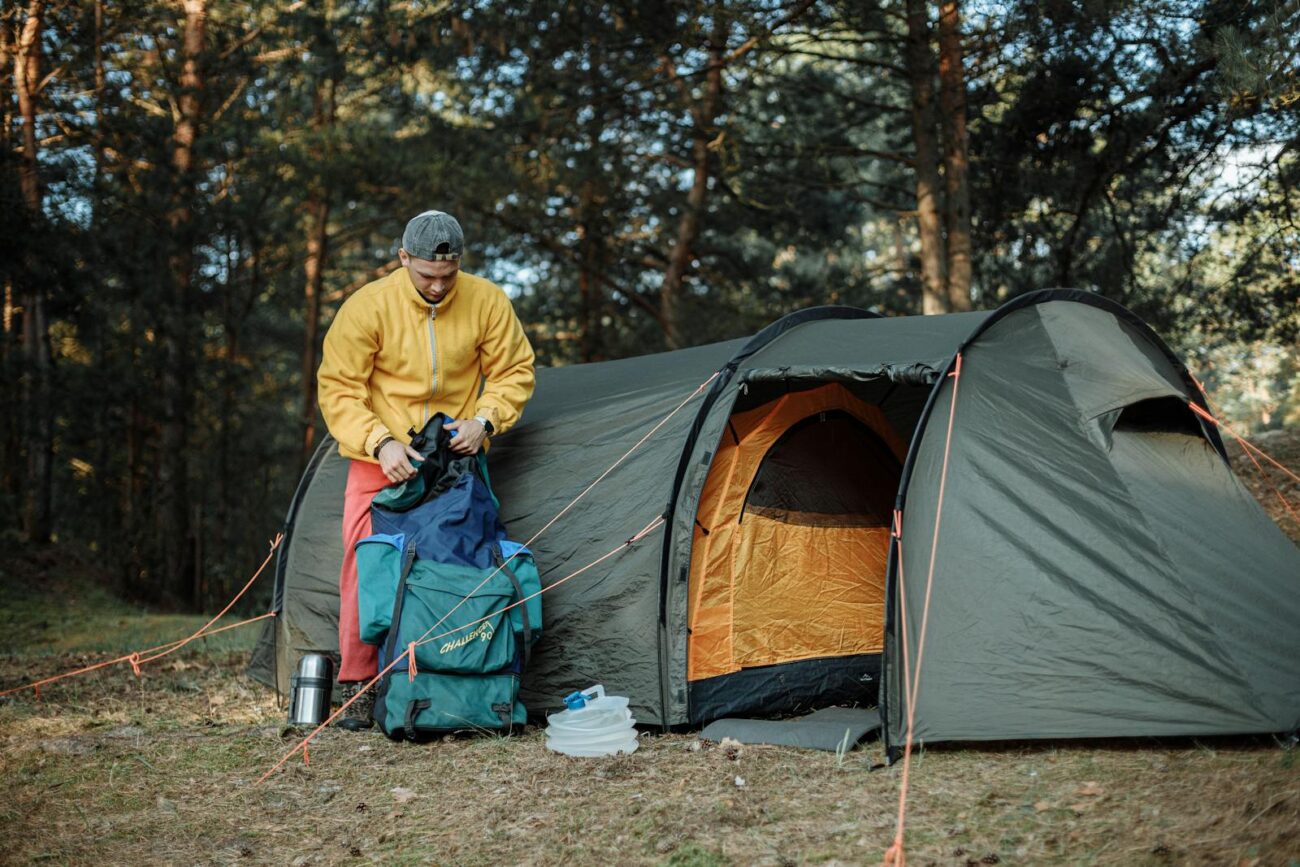The age-old debate among outdoor enthusiasts pits ultralight gear against durable equipment, creating a conundrum for adventurers planning their next expedition. This decision isn’t merely about preference—it can significantly impact your comfort, safety, and overall experience in the wilderness. Whether you’re a seasoned backpacker counting every ounce or a weekend warrior who prioritizes reliability, understanding the trade-offs between weight savings and durability is essential. As outdoor recreation continues to evolve with technological advancements, the lines between these categories increasingly blur, offering innovative solutions that might satisfy both camps. Let’s explore this fundamental gear dilemma to help you make informed decisions based on your specific needs and adventures.
Understanding the Ultralight Philosophy

The ultralight movement represents more than just a preference for lighter gear—it embodies an entire approach to outdoor recreation focused on efficiency and minimalism. Adherents to this philosophy typically aim to keep their base weight (everything except consumables like food, water, and fuel) under 10 pounds, forcing careful consideration of every item carried. This mindset often extends beyond gear selection to impact route planning, distance covered, and even the psychological relationship with comfort in the wilderness. Ultralighters frequently embrace the “less is more” mentality, finding freedom in carrying only the essentials and rejecting conventional camping luxuries. The movement gained significant momentum in the early 2000s with long-distance hikers seeking to reduce strain and increase daily mileage on ambitious treks like the Appalachian and Pacific Crest Trails.
The Case for Durability: Long-Term Value

Durable gear advocates point to the long-term value proposition of investing in equipment built to withstand years of rugged use. While the initial investment might be higher, quality gear amortized over many seasons often represents better financial value than repeatedly replacing lightweight items that fail prematurely. Beyond economics, there’s also an environmental argument—manufacturing fewer replacement items reduces overall resource consumption and waste. Durable gear typically incorporates reinforced materials, robust construction techniques, and serviceable designs that allow for field repairs or component replacement. For many outdoor professionals and frequent adventurers, the reliability of equipment that consistently performs in challenging conditions provides peace of mind that outweighs weight savings.
Weight Implications for Different Activities
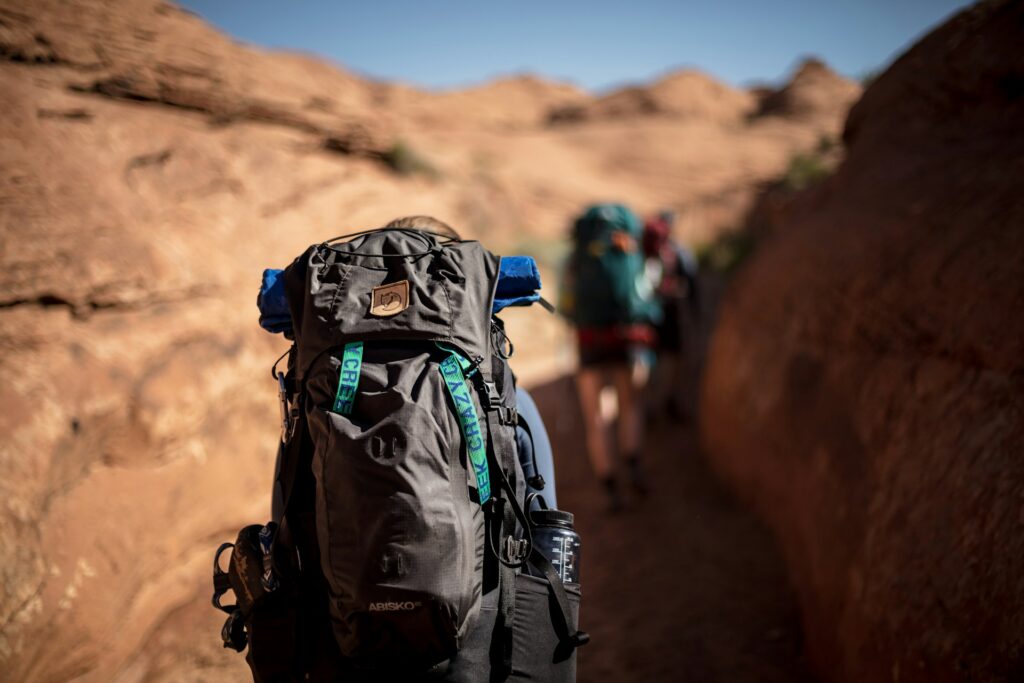
The importance of gear weight varies dramatically depending on your chosen outdoor pursuit. Long-distance hikers covering 20+ miles daily feel every ounce acutely, as each pound on their backs requires thousands of additional foot-pounds of energy expenditure over a trip. In contrast, weekend backpackers covering modest distances might barely notice an extra pound or two, making durability a more sensible priority. Water-based activities like packrafting or canoe camping allow for significantly heavier gear loads since the craft bears most of the weight burden during travel. Winter activities present unique considerations—while minimizing weight remains beneficial, the consequences of gear failure in freezing temperatures can be severe, potentially tipping the scales toward durability for safety reasons.
Material Innovations Bridging the Gap
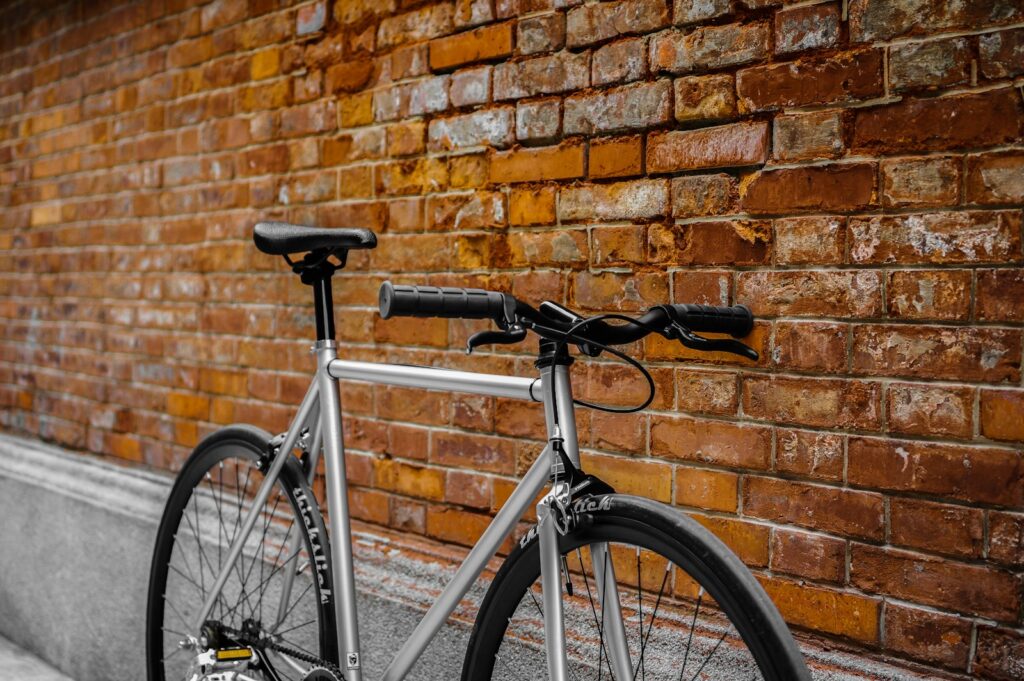
Recent advancements in outdoor equipment materials have begun to narrow the traditional gap between ultralight and durable gear categories. Dyneema Composite Fabric (formerly Cuben Fiber) exemplifies this trend, offering extraordinary strength-to-weight ratios that make ultralight equipment surprisingly resilient. High-tech alloys in tent poles and cooking equipment provide structural integrity at minimal weight penalties compared to earlier generations of gear. Modern synthetic insulations mimic the performance of down while maintaining warmth when wet and recovering better from compression. Carbon fiber components have revolutionized everything from trekking poles to bear canisters, reducing weight while maintaining or even improving structural integrity. These innovations allow modern adventurers to make fewer compromises than their predecessors when selecting equipment.
Budget Considerations and Value Assessment

The financial aspect of the ultralight versus durable debate deserves careful consideration, as both approaches can strain different budgets in different ways. Ultralight specialty gear often commands premium prices due to exotic materials and specialized manufacturing processes, potentially making initial purchases prohibitively expensive for some outdoor enthusiasts. Conversely, durability-focused equipment might offer more accessible entry points but could require significant investment in heavier-duty versions of every essential item. The true value equation must account for replacement frequency, with some lightweight items potentially requiring replacement every season or two of heavy use. Savvy adventurers often adopt a hybrid approach, investing in ultralight versions of items that significantly impact comfort (like backpacks or sleeping pads) while choosing more durable options for high-wear items exposed to abrasion and stress.
Environmental Impact of Gear Choices
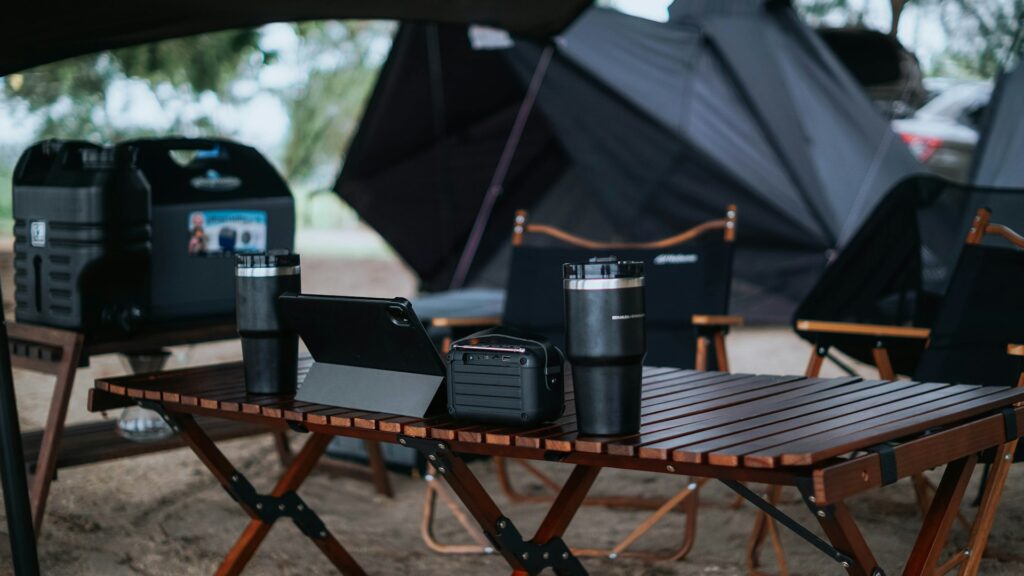
The environmental footprint of outdoor equipment extends far beyond its weight on your back, encompassing raw material extraction, manufacturing processes, transportation, and end-of-life disposal. Ultralight gear often incorporates sophisticated synthetic materials that may involve energy-intensive production or potentially harmful chemicals, though the reduced material usage can partially offset these impacts. Durable gear generally requires more raw materials initially but may prevent multiple replacement cycles, reducing overall consumption when viewed across a product’s lifespan. Some manufacturers now prioritize environmental responsibility regardless of weight category, incorporating recycled materials, PFC-free waterproofing, and repair programs to extend product life. Conscientious consumers increasingly consider these broader environmental implications alongside personal preferences for weight and durability.
Psychological Comfort vs. Physical Comfort
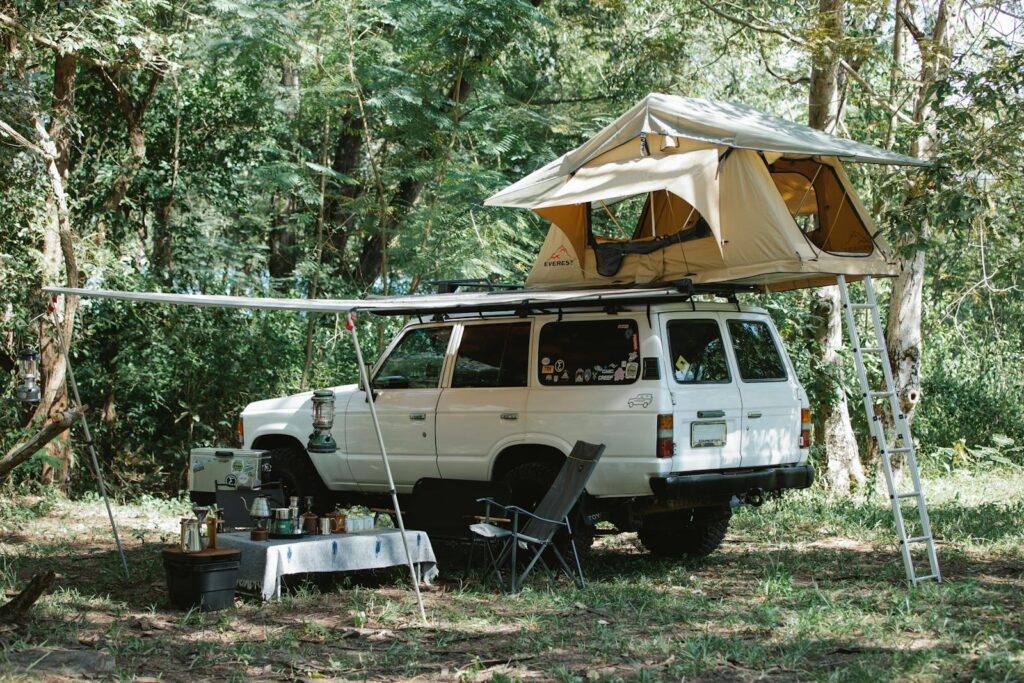
The debate between ultralight and durable gear often overlooks the psychological dimensions of equipment choices and how they impact wilderness experiences. Some adventurers derive significant peace of mind from bombproof equipment they trust implicitly, allowing them to focus on enjoying their surroundings rather than worrying about gear failure. Others find greater mental freedom in a lightweight load that reduces physical strain and fatigue, enabling them to cover more ground with less effort. These psychological comfort factors can be just as important as physical comfort in determining overall trip satisfaction. The “right” balance varies tremendously based on individual risk tolerance, previous experiences with equipment failures, and personal anxiety levels about worst-case scenarios.
Critical Gear Categories to Prioritize
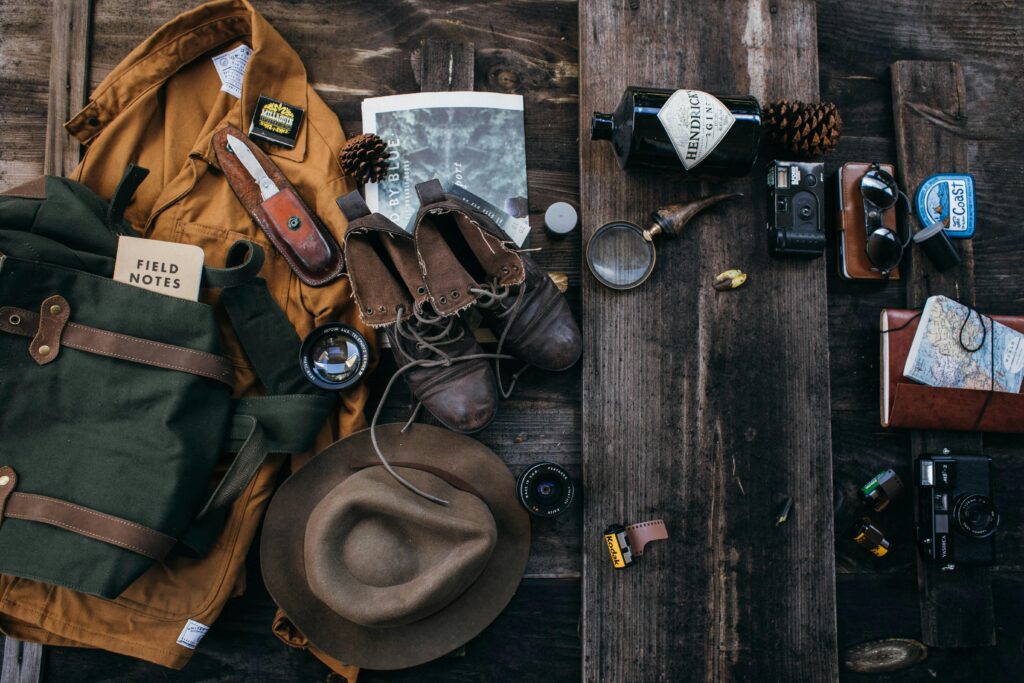
Not all equipment categories deserve equal consideration in the ultralight versus durable equation, with some items having outsized importance based on safety implications or usage patterns. Sleep systems warrant careful attention since quality rest directly impacts energy levels, morale, and decision-making ability in the backcountry. Footwear represents another critical category where premature failure can have serious consequences, potentially leaving you stranded or injured miles from assistance. Weather protection gear like rain jackets and shelters provide essential barriers against hypothermia and exposure, making reliability paramount regardless of weight considerations. In contrast, cooking systems, camp clothes, and luxury items offer more flexibility for weight-saving compromises without significantly impacting safety margins.
Terrain and Climate Considerations
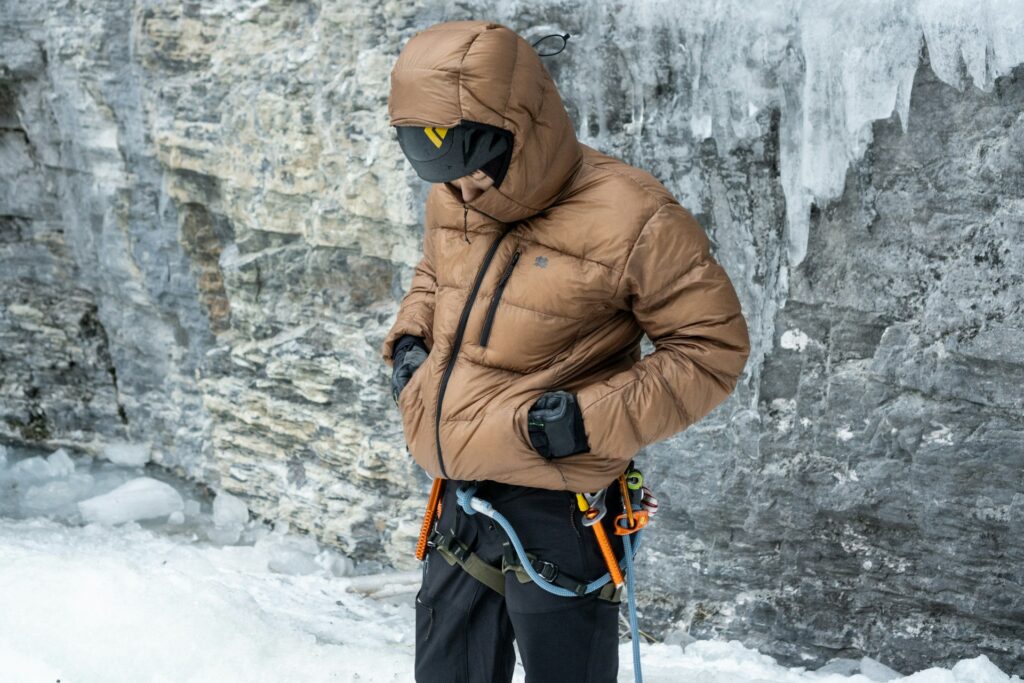
The environments you frequent should heavily influence your equipment priorities, as different landscapes and weather patterns place varying demands on gear. Desert travelers face intense UV exposure and abrasion from sand and rock that can quickly degrade ultralight fabrics, potentially justifying more robust materials despite weight penalties. Alpine environments combine challenging weather, rough terrain, and remoteness that may necessitate redundancy and durability in critical systems. Humid, rainy regions test waterproofing and mold resistance, sometimes revealing weaknesses in lightweight gear not apparent in drier climates. Extremely cold environments leave little margin for equipment failure, as consequences range from discomfort to life-threatening situations, typically pushing the calculus toward reliability over weight savings.
Experience Level and Risk Assessment
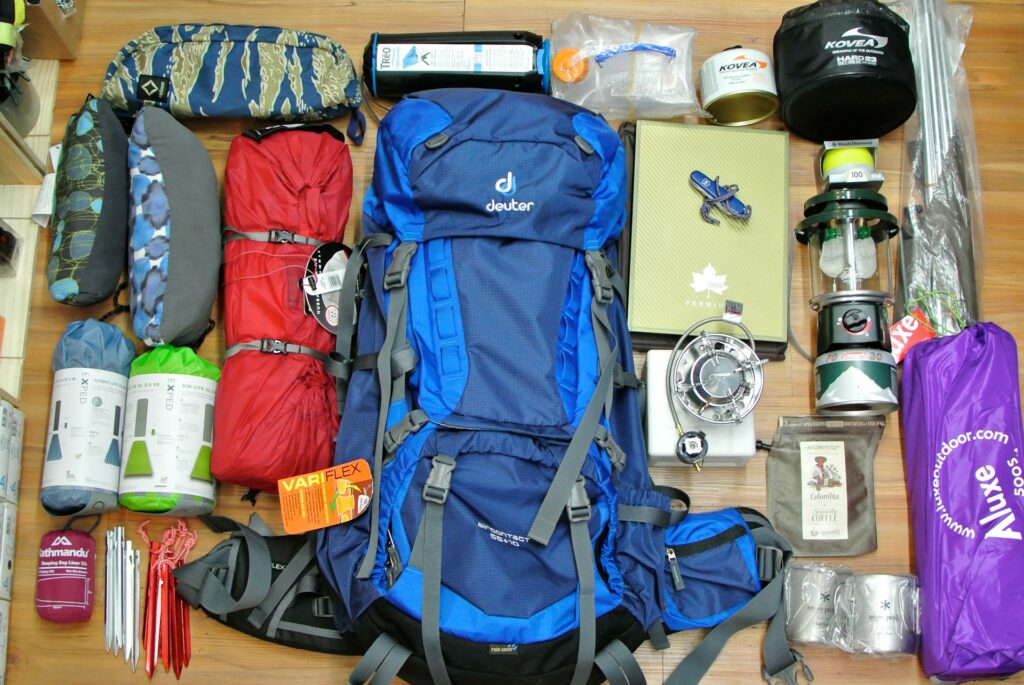
Your personal experience and skill level should factor prominently in equipment selection decisions, as these attributes directly impact your ability to adapt to gear limitations or failures. Novice outdoor enthusiasts often benefit from more durable, forgiving equipment while developing fundamental wilderness skills and judgment. As experience grows, many adventurers gradually lighten their loads, having learned what’s truly essential and developed techniques to compensate for equipment limitations. Experienced backcountry travelers can better assess specific trip risks and adjust their gear selections accordingly, sometimes opting for ultralight setups in forgiving conditions while choosing more robust equipment for challenging expeditions. This adaptive approach recognizes that the ultralight versus durable question rarely has a single correct answer applicable to all situations.
Hybrid Approaches: The Best of Both Worlds
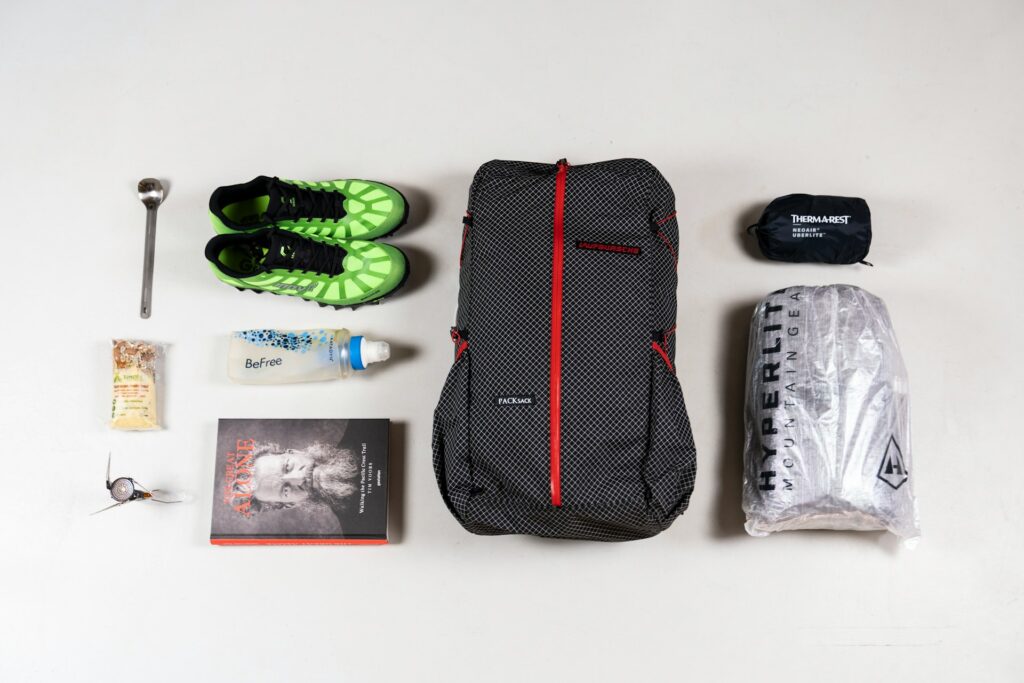
Many seasoned outdoor enthusiasts eventually develop personalized hybrid systems that strategically combine ultralight and durable elements to optimize their backcountry experience. This balanced approach might incorporate an ultralight pack and shelter while retaining more robust sleeping insulation and rain protection for critical safety margins. Some adopt a modular philosophy, carrying a lightweight base setup for fair weather but packing durable supplements for challenging conditions that can be added as needed. Others apply different standards to different trips—perhaps using ultralight gear for well-traveled routes with easy bailout options while choosing more substantial equipment for remote expeditions. These nuanced approaches reflect the reality that the ultralight versus durable debate isn’t truly binary but rather a spectrum with optimal points determined by specific contexts.
Maintenance Practices and Gear Longevity
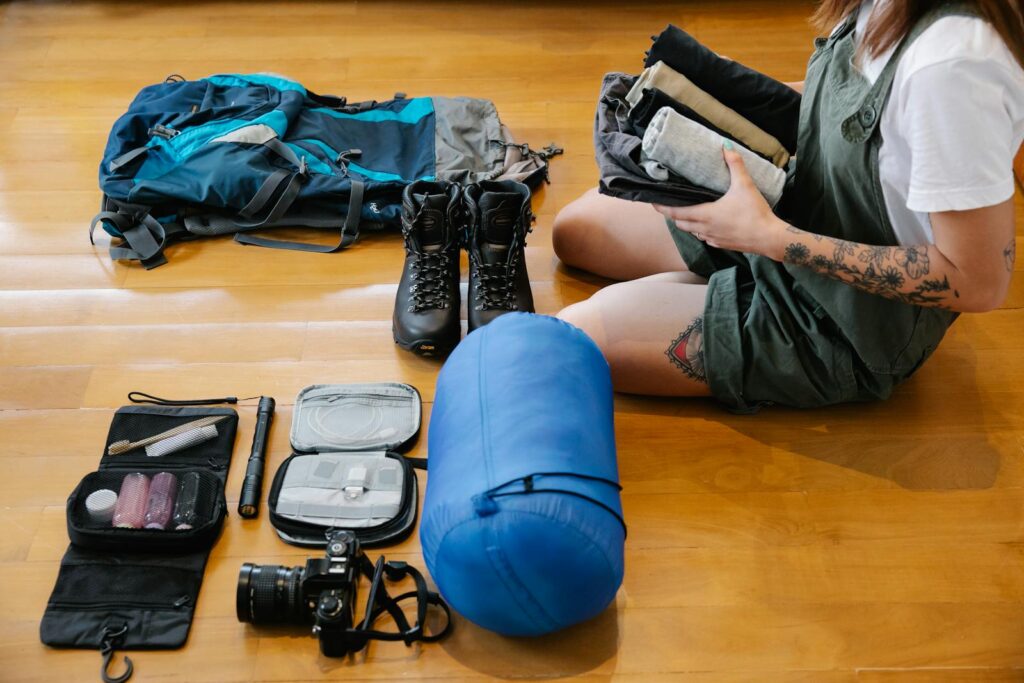
Proper maintenance can significantly extend the lifespan of all outdoor equipment, sometimes allowing ultralight gear to achieve surprising durability with appropriate care. Establishing rigorous cleaning protocols removes abrasive dirt and corrosive substances that accelerate wear on lightweight materials. Learning basic field repair techniques enables temporary fixes that prevent minor issues from escalating into equipment failures during trips. Proper storage between adventures protects gear from unnecessary exposure to damaging UV light, moisture, and temperature extremes. Some manufacturers offer reconditioning services for premium items like sleeping bags and technical outerwear, potentially doubling or tripling functional lifespan. These maintenance practices represent a frequently overlooked third dimension of the ultralight versus durable conversation.
Finding Your Personal Balance

The most satisfying gear solutions ultimately emerge from honest self-assessment regarding your personal preferences, intended uses, and risk tolerance. Consider keeping a trip journal that notes gear successes, failures, and items you wished you’d brought or left behind as a data-driven approach to refining your system. Engage with diverse outdoor communities to learn from others’ experiences while maintaining healthy skepticism about dogmatic approaches from either the ultralight or durability-focused camps. Remember that gear preferences often evolve throughout an outdoor career as priorities shift and experience deepens. The ideal balance isn’t static but adapts to changing bodies, adventure goals, and technological options available to modern outdoor enthusiasts.
Conclusion: Making Informed Choices
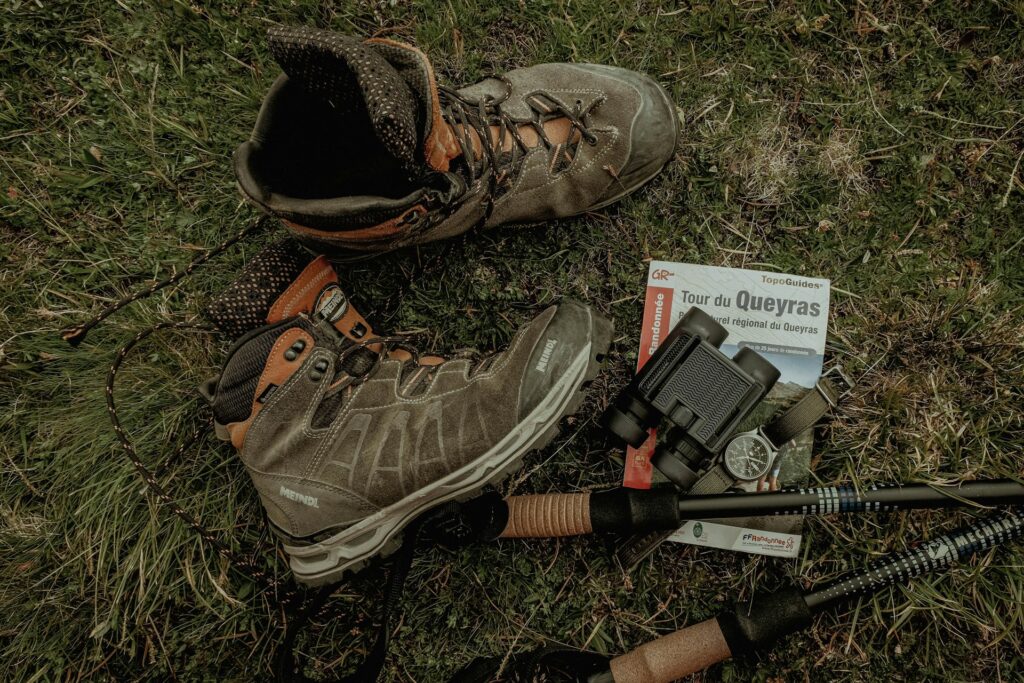
The ultralight versus durable debate ultimately resolves differently for each outdoor enthusiast based on their unique combination of adventure styles, physical capabilities, experience levels, and personal preferences. Rather than adopting either philosophy wholesale, the most successful adventurers develop nuanced systems that strategically deploy weight-saving measures where they provide the greatest benefit while incorporating durability where reliability matters most. As you evaluate your own gear decisions, consider not just the technical specifications but how your equipment choices align with your broader outdoor goals and enhance your wilderness experiences. By thoughtfully navigating this fundamental equipment dilemma, you’ll develop a personalized approach that supports rather than detracts from your time in wild places—whether that means counting ounces meticulously or prioritizing bomb-proof reliability.

